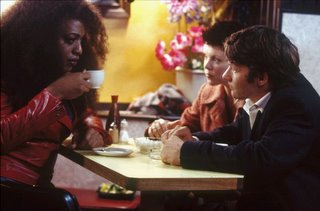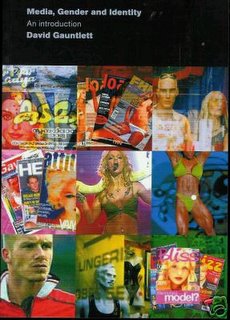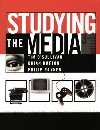 WhY i ChOsE tHiS sEcTiOn Of ThE tExT
WhY i ChOsE tHiS sEcTiOn Of ThE tExT I chose this scene as it shows the difficulty of the
iSsUes behind the
pErSonA of transvestites. This is basically about Lola and how Charlie confronts some of the
topics people in ‘Northampton’
fEel aboUt tRanSveStiTeS, although he only confronts her as he finds that he is unable to give his fiancé what she wants. This puts him in a bad mood therefore he begins to say all the
wRoNg thIngS. As he does so this
ofFEndEd Lola as she stands in tears. In the next scene Charlie is waiting at home for his fiancé who comes in and tells him that she 'cant change what’ she wants, as he gives her back her shoe which he found. After this quick scene, it becomes the next day, showing Charlie’s
reGrEt, as he packs all the shoes in the van. Following this, the next scene shows Lola as she
rEmInisCes about her hard upbringing which is featured at the beginning of the film.
DeTaIlEd AnAlYsIs Of TeXt
This scene begins with a long shot of Lola, who seems very content with her self, as this turns into a close up of her as she runs toward Charlie. A close up of Charlie closely follows, showing the audience the expression on his face as he looks over to her. There is then a close up of Charlie’s hands as he hides his fiancé’s shoe in his coat, this may connote the secretiveness of Charlie toward Lola. There is then a long shot of the two going into a restaurant, which reveals to the audience their surroundings, this tracking shot follows them in. After this there is a sudden close up of Charlie’s face to show his expression, with talking and the slow, romantic diegitic music playing in the background.
As Lola’s dialogue continues there is also a close-up on Lola’s face, expressing her excitement, although as it changes once again to Charlie he is looking at other couples, as the audience is shown who he is looking at with a medium shot of them. As this goes back to Charlie’s close-up, the expression on his face shows the realisation he feels as he gets agitated and troubled by dining with a transvestite. As he does so he dialogue shows how he is feeling, ‘People are starring’ continuing with, ‘you are a man in a frock in Northampton, of course people are starring!’. This comment shows that Charlie is taking his anger out on Lola and expressing partly his feelings and other characters in the film. This argument causes Charlie to walk out, with a tracking shot, which then shows Lola to be embarrassed, uncomfortable and self-conscious, with her realisation that people are now starring at her. There is then another tracking shot of Lola walking out after him, this long shot allows the surroundings to also be shown.
Once they are both outside there is a close-up of Charlie, again showing his expressions, which alternates as they talk to each other. As he starts to walk away there is a tracking shot on him, as Lola calls him and he turns around there is a point of view shot from Lola. This helps the audience identify and sympathise with Lola’s character. Once Charlie criticises Lola, by going to far, ‘Stop hiding, be brave, decide one way or the other, and for my sake tomorrow please turn up looking like the picture on your passport!’ This is then followed by slow, moving and heartbreaking non-diegitic music, which slowly fades in, once again forcing the audience to sympathises with Lola. The final shot is of Lola’s expression to this critical, upsetting issue raised by Charlie, as she shows her feminine side and cry’s.






